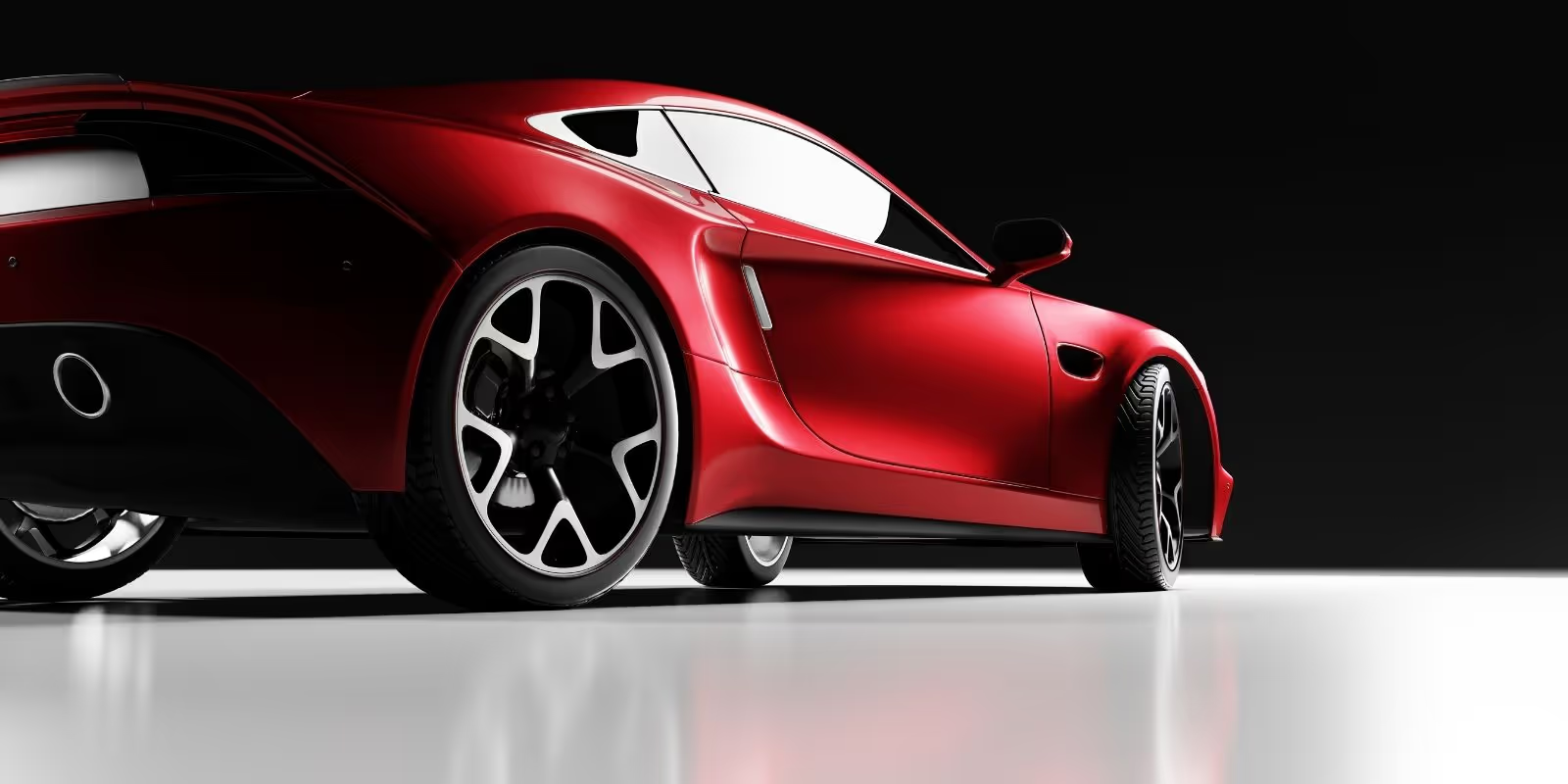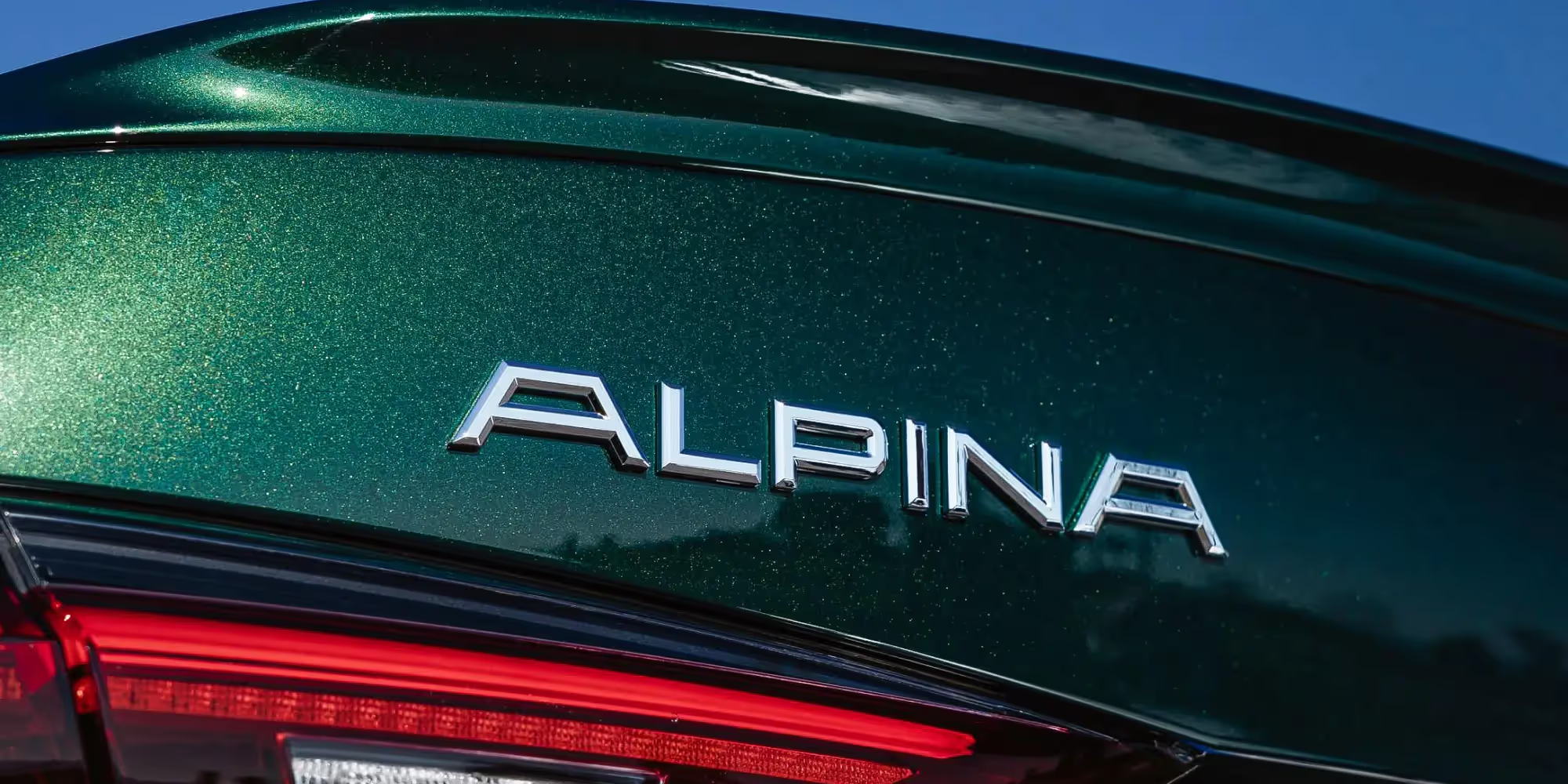Mandatory safety systems in cars from Japan. What are the differences from the European versions?
Currently, both cars offered in Europe and those sold in Japan have similar packages of safety systems. However, car enthusiasts from Europe who are interested Car transport from Japan Most of all, cars of the 90s of the last century and the beginning of the 21st century attract. Back then, the Japanese market and the European market were much more different in regulation than they are now. Where was the mandatory ABS first introduced? Who has more stringent requirements?
Development of automotive safety systems
The last decade of the last century was a time when advanced security systems were just being created. The anti-lock braking system (ABS) and traction control (TCS) were already on the market, which were introduced back in the late 1970s and early 1980s. The same was true of airbags.
In the mid-1990s, Mercedes introduced a track stabilization system and the revolutionary PRE-SAFE system, which was the ancestor of current collision avoidance systems. The brand even had an adaptive cruise control called Distronic in its portfolio. It was offered in the S-class of the W140 series.
Mercedes also pioneered the use of a blind spot monitoring system that monitors the situation in the adjacent lane and signals if another car is in a place invisible in the mirror. The system first appeared in the S-Class of the W220 series as an optional equipment element. This model could also be equipped with the first lane change assistant in automotive history.
As you can see, Europe has been at the forefront of innovation to support driver safety. Surely this was one of the reasons why cars from Europe were and continue to be popular with wealthy customers from Japan. However, there is a Japanese brand that can also boast of achievements in this field. Honda Inspire is an example of a pioneering JDM cars, since it was in this model that the lane keeping assistant was introduced. This happened in 2001.
Security systems offered only in Japan
It turns out that the Japanese have electronic systems that are offered only for vehicles sold in this country. This is due to the peculiarities of the organization of road traffic there, as well as urban planning. What systems can be found in cars from the Japanese market?
One of the more interesting examples is the Intelligent Clearance Sonar (ICS), which is similar in design to an autonomous emergency braking system (AEB). However, the two functions differ in that the ICS is focused on avoiding a collision during parking maneuvers. The AEB, on the other hand, aims to prevent collisions at higher speeds. The ICS system was introduced in 2015 and is available, for example, in the Toyota Corolla. It works on the basis of sensors that monitor the situation around the car.
Another case is Honda and the Honda Sensing 360 system introduced in 2021. Radar and cameras monitor the car's surroundings in a 360-degree radius to detect and warn the driver of hazards in time. Although the package is also available in Europe, it has limited functionality and does not include protection against side collisions at intersections.
Speaking of crossovers, then in 2017 Mazda and Toyota began to offer a collision warning system at the intersection. We are talking about Intersection Movement Assist. It detects vehicles and pedestrians that the driver cannot see because they are hidden behind an obstacle, for example. The system automatically brakes if a threat is detected.
In modern cars, equipped with communication systems, manufacturers offer in navigation the function of integration with the Earthquake Early Warning system. It is based on data from more than 4.2 thousand seismometers operated by the Japan Meteorological Agency (JMA). Seismometers detect primary waves and transmit the relevant information to the system, which displays warnings.
EU vs Japanese regulations - similarities and differences
Both the European Union and Japan are committed to road safety. However, if we trace the history of the introduction of mandatory safety systems, we can see some differences in approaches.
Physical security
The most interesting thing is that in both regions, in the 1990s, only obligations were introduced regarding seat belts for passengers travelling in the rear seats. In the EU, they have been mandatory since 1991, and in Japan - since 1994. Regulations on the installation of belts for the driver and front passenger were introduced back in the 1980s.
Even more surprising may be the fact that since 1998 in Japan it has been mandatory to install airbags on the driver's side, and since 2000 also for the passenger. In the European Union, the obligation to fit pillows was introduced only in 2009. The Community also requires that cars have special crumple zones and be constructed in a way that is safe for unprotected road users.
Electronic Security Systems
When it comes to electronics, there are some discrepancies between EU and Japanese regulations. They concern not only the types of systems, but also the dates of introduction of the obligation to apply them. For example, in Japan, ABS has only been mandatory since 2012, and in the EU since 2004, the Stability Program (ESP) was introduced at about the same time, in 2011 and 2012. It is also worth knowing about the differences. The Japanese do not require the installation of tire pressure sensors, but since 2018 a mandatory element of equipment is a rear-view camera.
In the 21st century, the European Union has introduced two large packages of systems required for approval. In 2009, a directive was approved that required the installation of a stability control system (ESP) and tire pressure monitoring sensors (TPMS). Since 2020, the General Safety Regulation Act has been introduced, which requires manufacturers to install, among others, an intelligent speed assistant (ISA), an automatic braking system with pedestrian and cyclist detection (AEB), a lane maintenance assistant (LKA), a so-called black box (EDR) and a driver fatigue monitoring system (DDAW).
Meanwhile, Japan introduced such obligations gradually, and some systems are not required at all by Japanese law. In 2018, the AEB in light vehicles is mandatory, in 2019 the requirements for data loggers for Level 3 autonomous vehicles, etc. Instead of the eCall system, there is an optional but widely used HELPNET, which has been in operation since 1999. After the launch of the airbags, the vehicle contacts the relevant services. The driver can also call for help by pressing the SOS button.
summary
If you are interested in bringing cars from Japan, Sakura Motors will help you import a car that will meet the required appropriate safety standards. Although the Japanese regulations differ from those of the EU, a vehicle approval certificate is not required for used cars. Thanks to this cost of importing a car from Japan, in terms of adaptation to the requirements of European legislation, is largely limited to replacing the headlights with asymmetric ones and reprogramming the navigation language.
As you can see, Japanese and European cars differ in more advanced safety packages. The Japanese largely bet on additional packages to facilitate movement in cities, and these are more extensive than in Europe. In the country of cherry blossom, there are also interesting solutions that we will not find on our continent.









